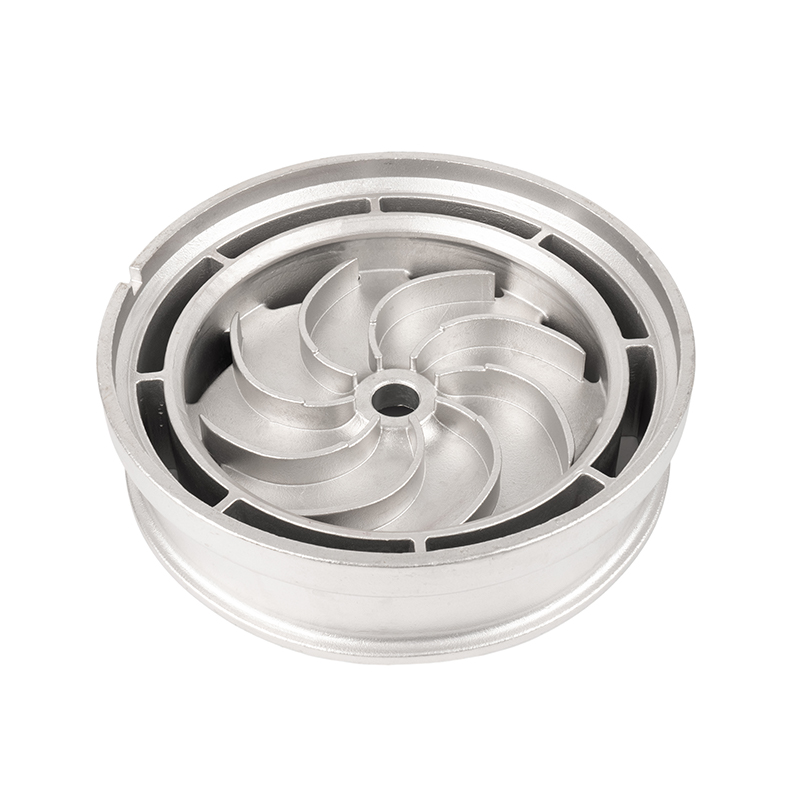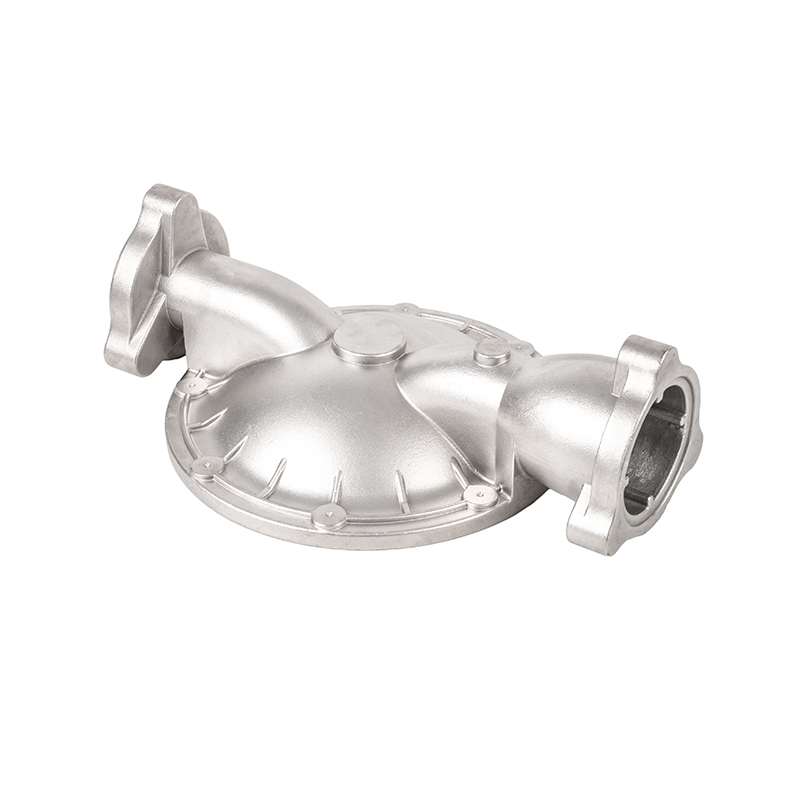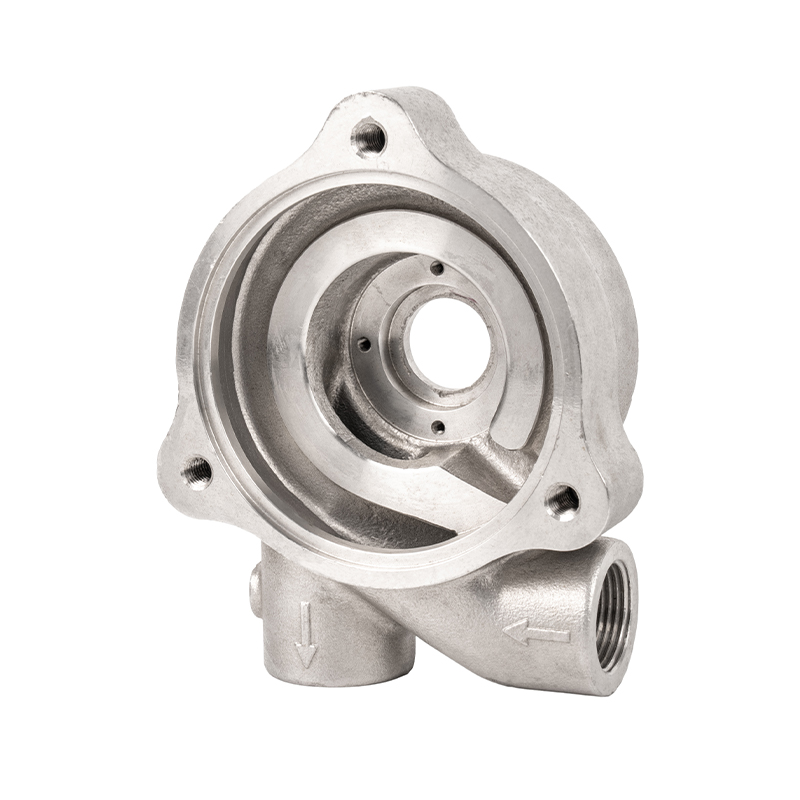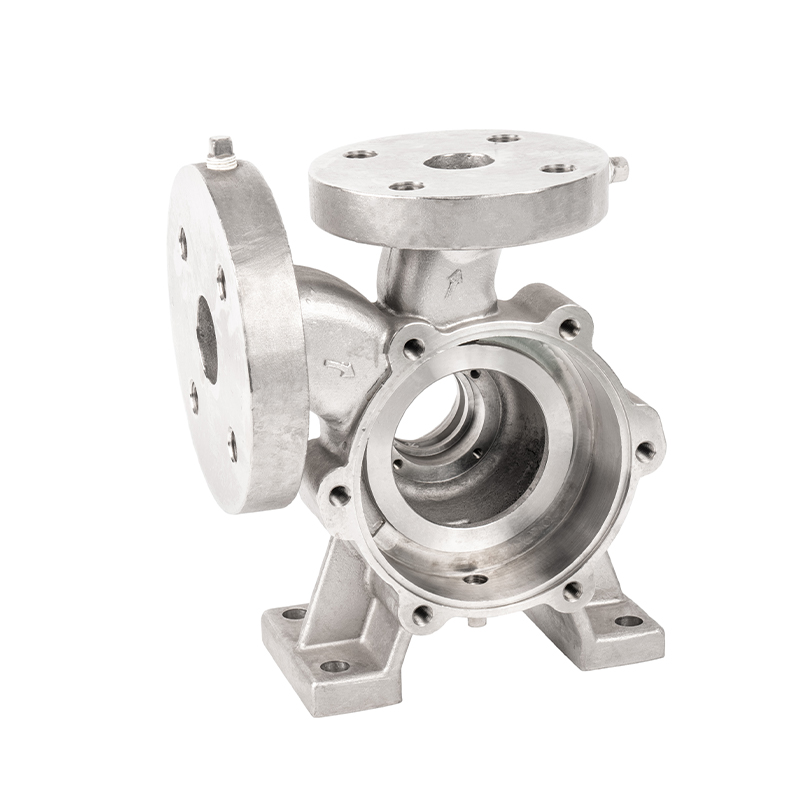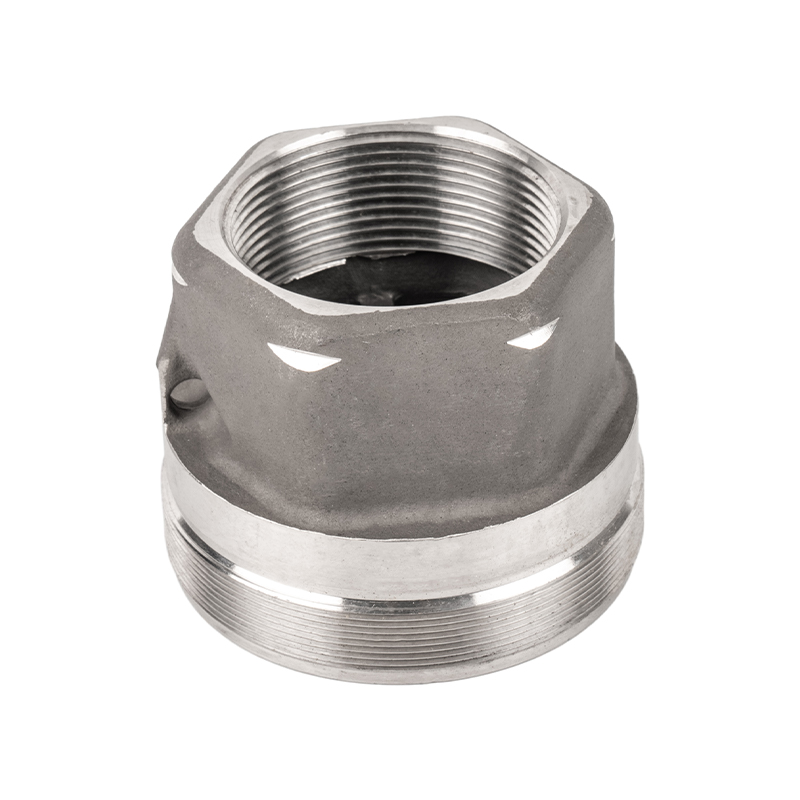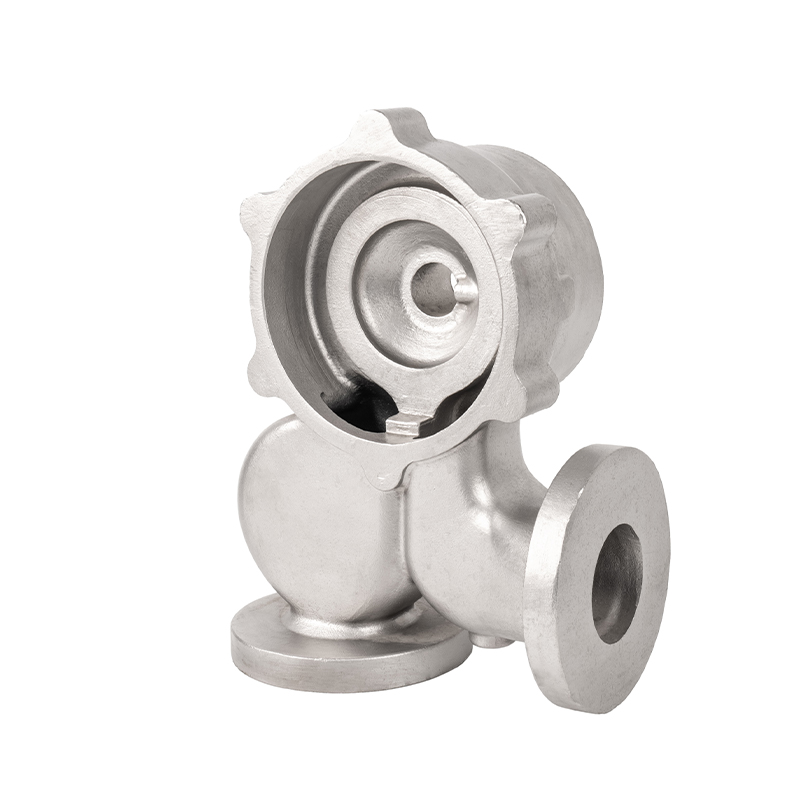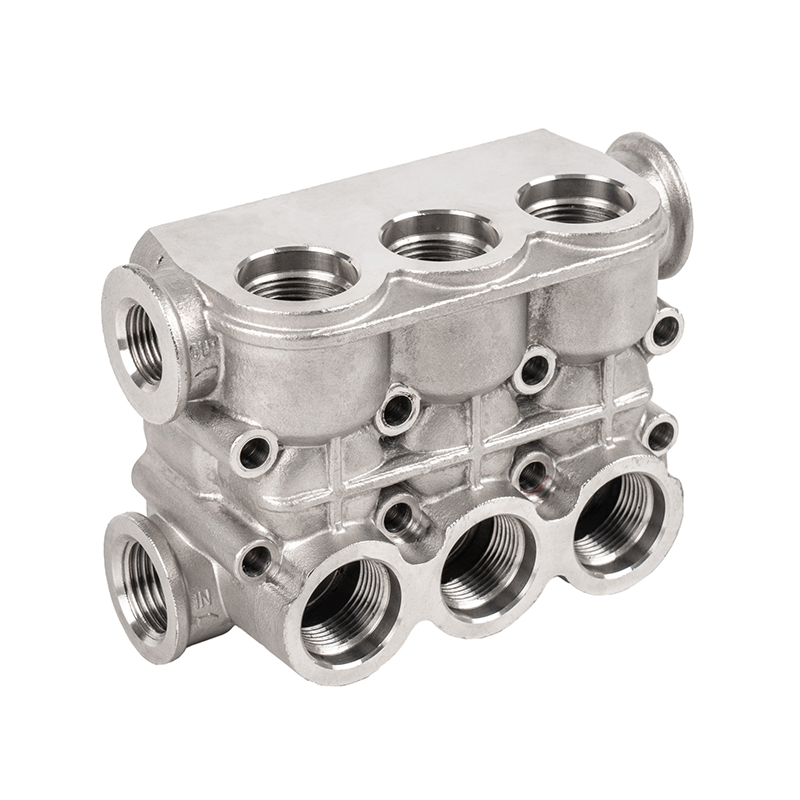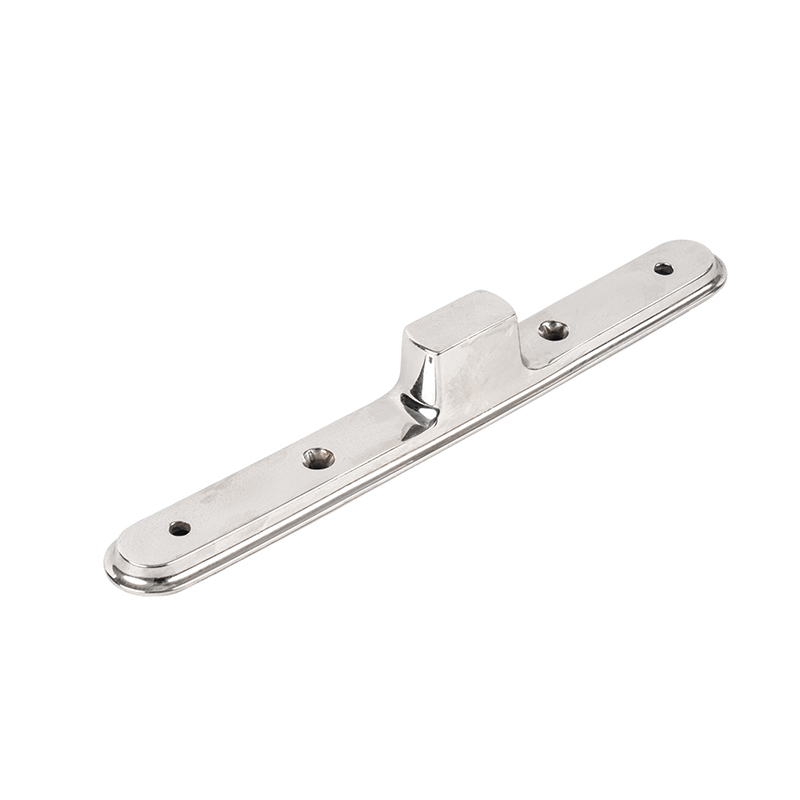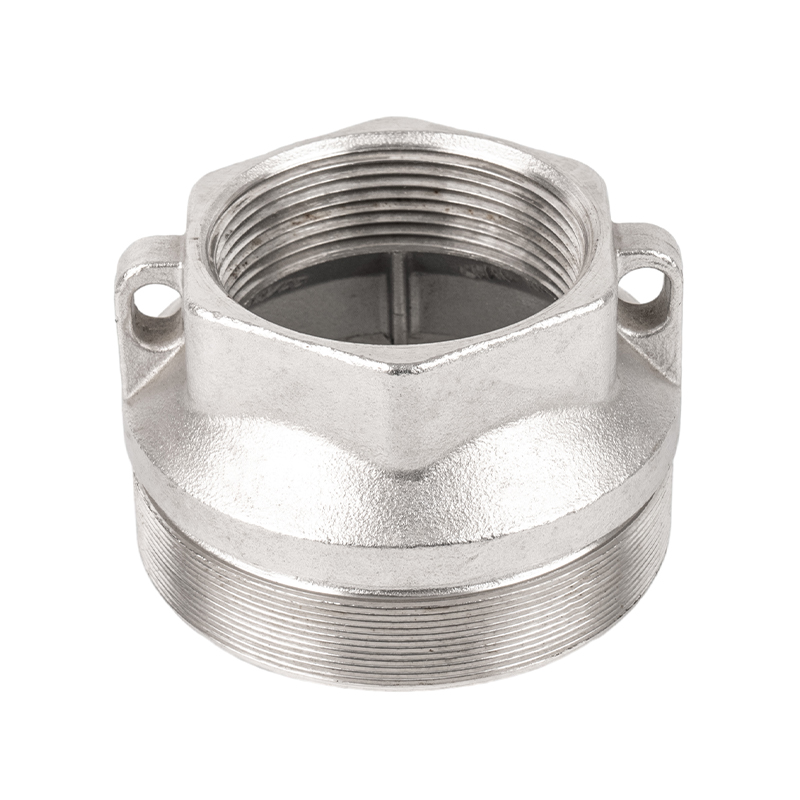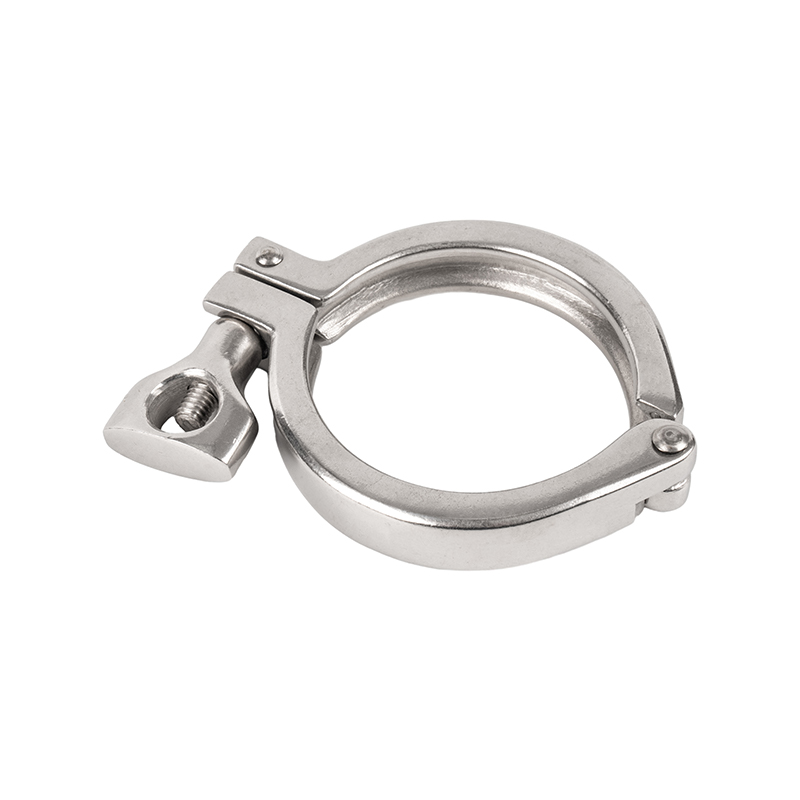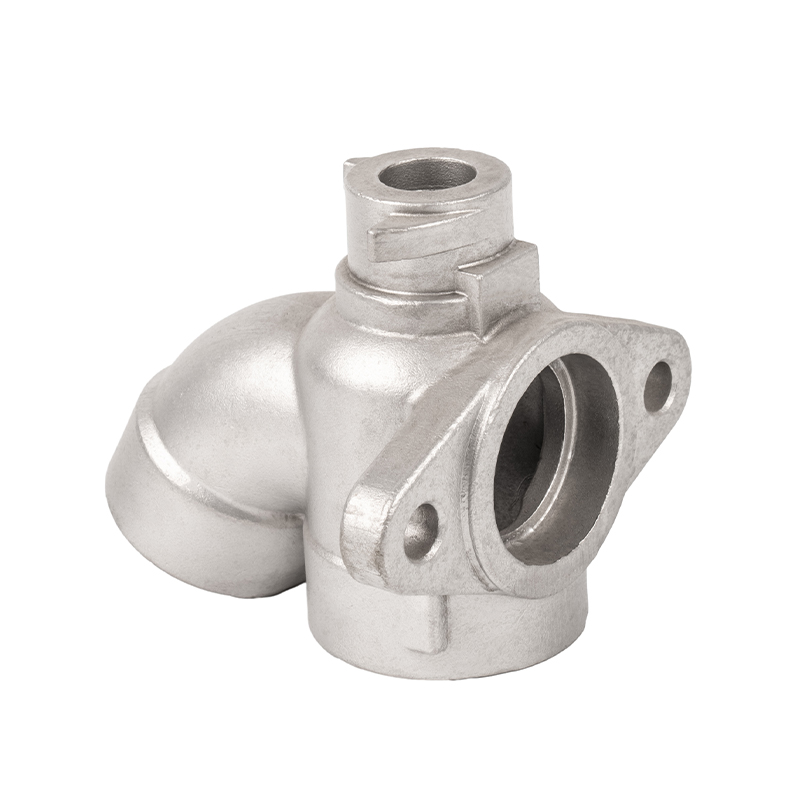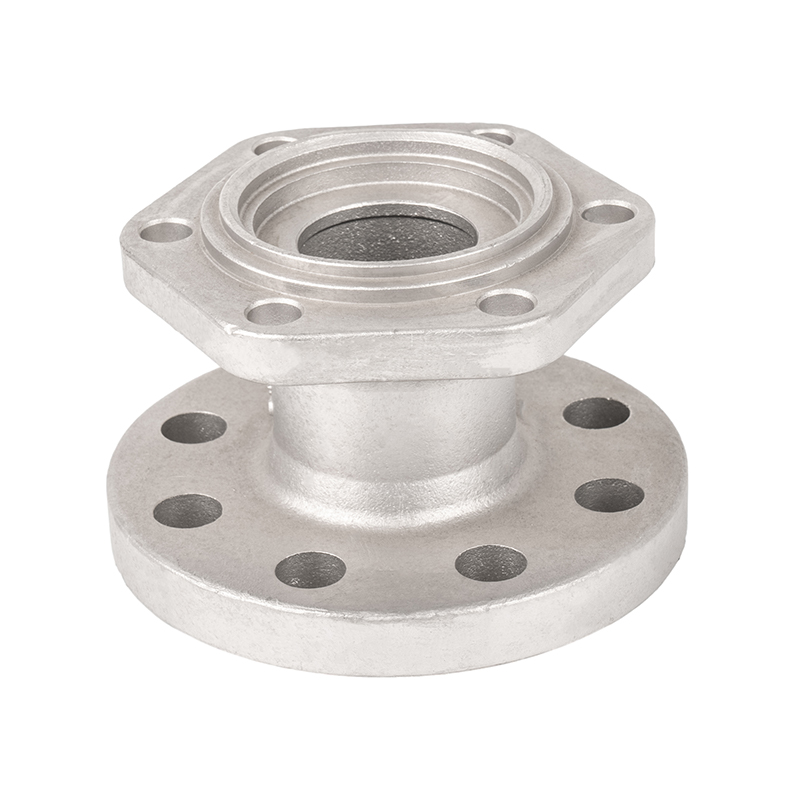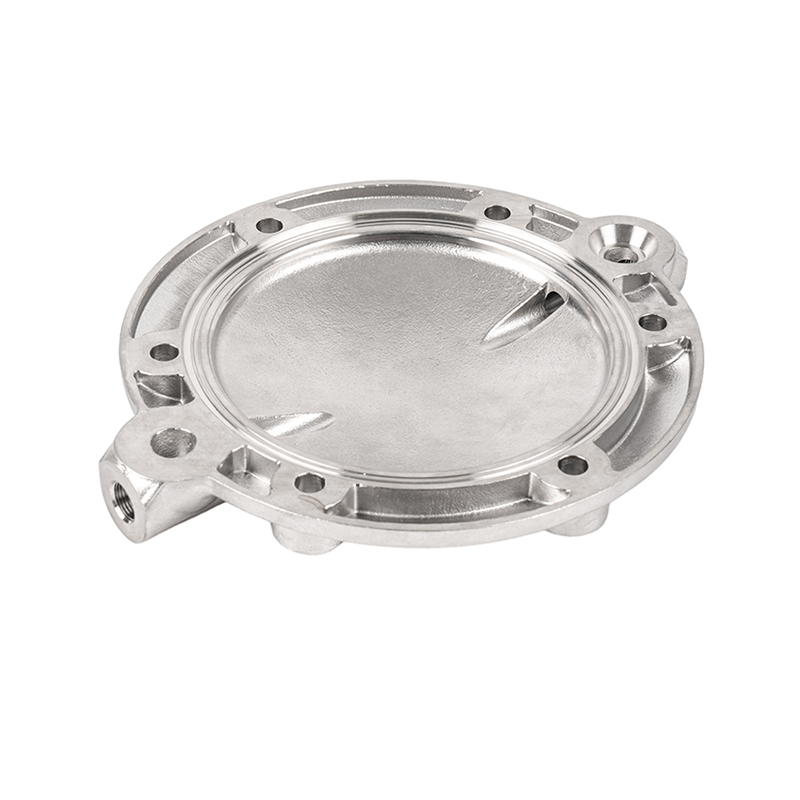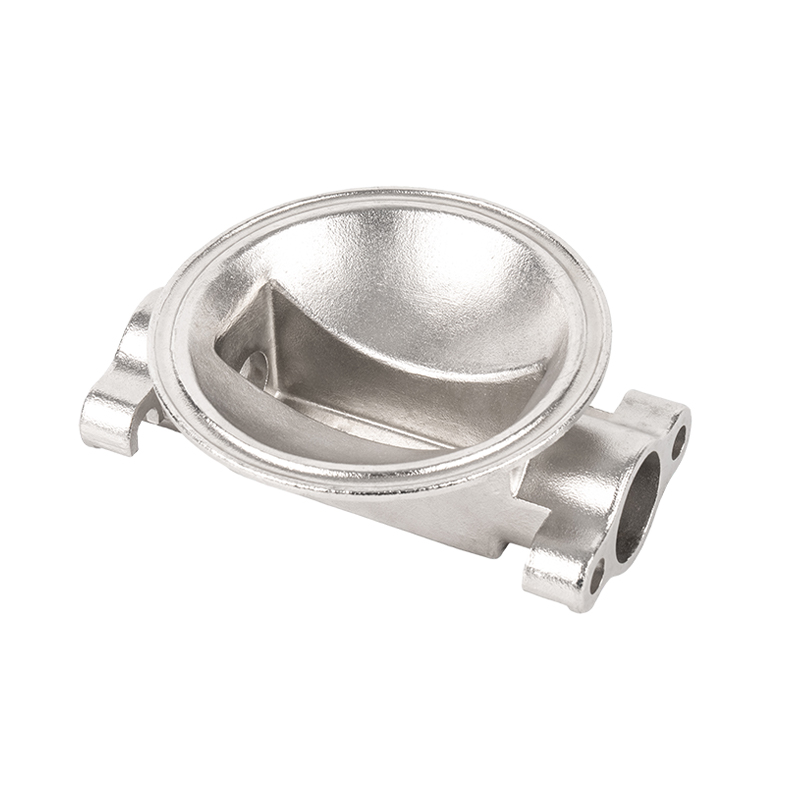What are the defect detection methods for fuel injection pump castings
As an important part of the engine fuel system, the quality of fuel injection pump castings directly affects the performance and life of the engine. During the production process, castings are prone to various defects, such as pores, inclusions, cracks, shrinkage cavities, etc. These defects not only reduce the mechanical properties of the castings, but may also cause the fuel injection pump to fail and affect the stable operation of the engine. Scientific and efficient defect detection methods are the key to ensuring the quality of fuel injection pump castings.
Visual inspection method
Visual inspection is the most basic and widely used casting defect detection method. By observing the surface of the casting with the naked eye or with the help of a magnifying glass or microscope, obvious surface defects such as pores, cracks, sand holes, inclusions and surface oxidation can be quickly identified. Visual inspection is simple to operate and low in cost. It is suitable for rapid screening on the production line, but it is powerless for internal defects and is greatly affected by the experience of the inspectors.
Magnetic particle testing method (MT)
Magnetic particle testing is suitable for fuel injection pump castings made of ferromagnetic materials. This method uses a magnetic field to form a leakage magnetic field on the surface and near the surface of the casting, and ferromagnetic powder is adsorbed on the defective part, thereby showing defects such as cracks and inclusions. Magnetic particle testing has high sensitivity and can detect extremely fine cracks and defects. It is widely used in the detection of surface and near-surface defects of fuel injection pump castings. However, it is limited to ferromagnetic materials and requires the workpiece to be cleaned and magnetized.
Penetrant testing (PT)
Penetrant testing is suitable for surface defect detection of various non-porous materials. By applying a penetrant on the surface of the casting, the penetrant penetrates into the cracks and other defects. After being treated with a developer, the defective part will show obvious traces. This method is easy to operate and has low cost. It is suitable for detecting surface cracks and pore connection defects. The disadvantage is that it is not suitable for detecting internal defects, and the detection process is time-consuming and requires strict surface cleaning.
Ultrasonic testing (UT)
Ultrasonic testing is an effective means to detect internal defects of fuel injection pump castings. High-frequency sound waves are used to penetrate the casting material. When encountering internal defects such as pores, inclusions, and cracks, a reflection signal is generated. By analyzing the time and intensity of the reflected wave, the size and nature of the defect can be located and determined. Ultrasonic testing has high sensitivity and can detect internal defects of complex-shaped castings. It is suitable for a variety of metal materials. The technical requirements for operators are high, and the cost of detection equipment is high.
X-ray detection method (RT)
X-ray detection uses rays to penetrate castings and forms images of defects based on the absorption differences of rays at the defects. This method is suitable for detecting defects such as pores, inclusions, shrinkage holes and cracks in fuel injection pump castings, and can intuitively display the shape and location of defects. X-ray detection is non-destructive and highly sensitive, and is a standard means for detecting complex castings in the industrial field. The disadvantages are that the equipment is expensive, the detection process requires protective measures, and the detection cycle is long.
Computed tomography (CT) detection
CT detection uses multi-angle X-ray scanning of castings, combined with computer reconstruction of the three-dimensional internal structure, to achieve three-dimensional visualization of casting defects. CT detection can accurately locate defects, analyze defect morphology, size and distribution, and is particularly suitable for complex structure fuel injection pump castings. This method is the latest technology with high detection accuracy, but the cost is high. It is mainly used in the quality control and R&D stages of high-end products.
Acoustic Emission Testing (AE)
Acoustic emission testing determines the generation and expansion of defects by monitoring the instantaneous acoustic wave signals released by the injection pump casting under force or thermal stress. This method is suitable for dynamic detection and can monitor the damage development of castings in real time. Acoustic emission testing has unique advantages for field applications and early defect detection, but it is sensitive to environmental noise and data analysis is complex.
Infrared thermal imaging testing
Infrared thermal imaging indirectly reflects internal defects by detecting surface temperature changes of castings. Internal defects lead to uneven heat conduction. Thermal imagers can capture images formed by temperature differences and identify internal pores, cracks, etc. This method is fast, non-destructive and easy to automate, but has limited sensitivity to defect size and depth, and is suitable for preliminary screening.
Eddy Current Testing (ET)
Eddy current testing is mainly used for surface and near-surface defect detection of conductive materials. An alternating magnetic field is generated by an induction coil to detect eddy current changes and identify defects such as cracks and corrosion. This method has high sensitivity and fast detection speed, and is suitable for rapid screening of injection pump castings, but cannot detect deep defects.
Composite testing technology
In modern fuel injection pump casting quality control, a combination of multiple testing methods is often used. Surface defects are often combined with visual inspection, magnetic particle inspection and penetration inspection, while internal defects are combined with ultrasonic, X-ray and CT inspection. Composite testing can comprehensively evaluate the quality of castings and ensure that fuel injection pump castings meet strict performance standards.


 English
English Español
Español русский
русский 中文简体
中文简体

